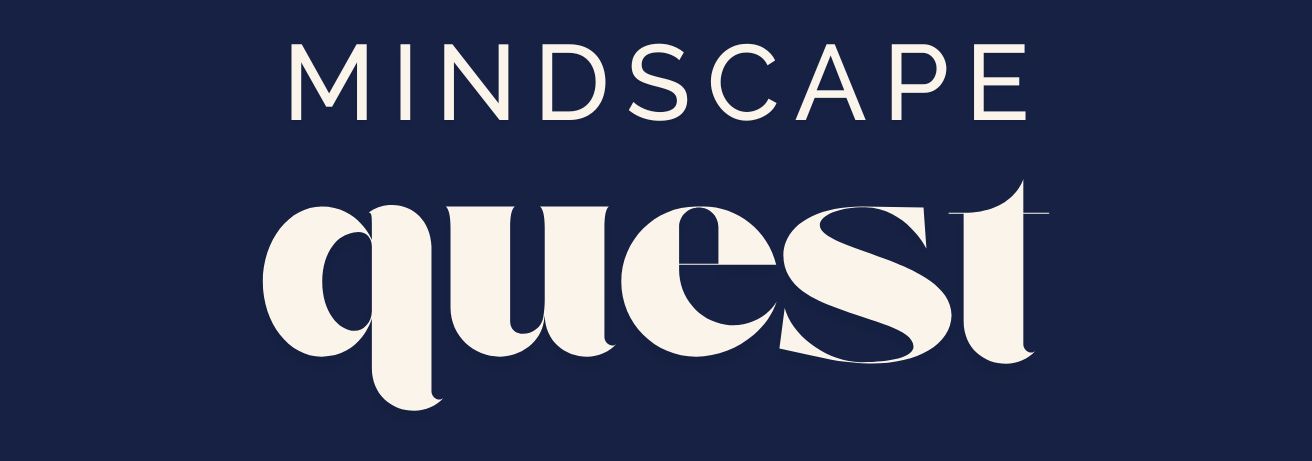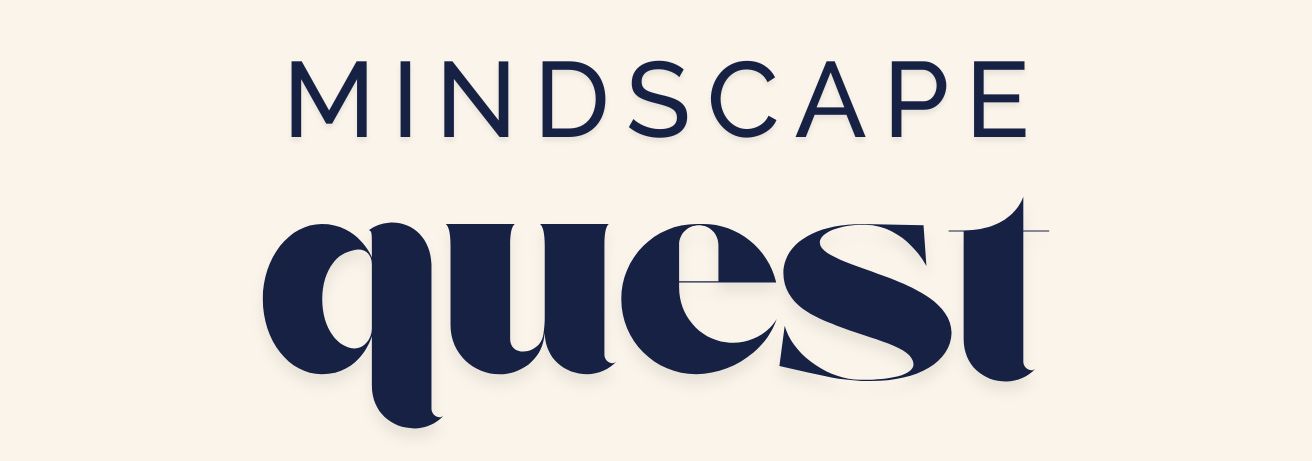Safe Investment Options in India 2025
As we approach 2025, the landscape of investment in India continues to evolve, with a growing emphasis on security and stability. For many conservative investors, particularly those nearing or in retirement, the goal is to preserve capital while earning a steady return. Among the safe investment options available in India are government-backed schemes, secure fixed deposits, and select mutual funds focused on low-risk assets.
Government schemes such as the Public Provident Fund (PPF) and the Senior Citizens Savings Scheme (SCSS) offer a blend of security and tax benefits. PPF, for instance, is a long-term investment with a lock-in period of 15 years, providing a fixed interest rate determined by the government. Similarly, SCSS caters specifically to senior citizens, offering attractive interest rates and quarterly payouts, making it a favored choice for retirees seeking regular income.
Fixed Deposits (FDs) offered by banks and financial institutions remain a cornerstone of safe investments. They promise assured returns over a specified period, with the added benefit of insurance coverage up to a certain limit per bank under the Deposit Insurance and Credit Guarantee Corporation (DICGC). Additionally, certain mutual funds focusing on government securities or corporate bonds with high credit ratings can be considered low-risk, though they come with slightly higher volatility compared to FDs and government schemes.
Low-Risk Investments for Senior Citizens
Senior citizens often prioritize investments that offer safety and regular income to support their post-retirement life. With advancing age, the risk tolerance typically decreases, making low-risk investments an ideal choice. Several options cater to this demographic, ensuring both security and a steady flow of income.
The Senior Citizens Savings Scheme (SCSS) is tailored for individuals above the age of 60, providing a high interest rate compared to regular savings options. The scheme’s tenure is five years, extendable by three more years, with interest paid quarterly, which helps in managing regular expenses.
Another viable option is the Post Office Monthly Income Scheme (POMIS), which offers a fixed monthly income. This scheme is backed by the government, ensuring safety and reliability. The tenure is set at five years, with a predetermined interest rate that remains unaffected by market fluctuations.
For those looking for a blend of safety and moderate returns, conservative mutual funds focusing on debt securities can be considered. These funds invest primarily in government and high-quality corporate bonds, offering stability and potential for capital appreciation over time, albeit with a slight exposure to market risks.
PPF vs FD vs NSC: A Comparative Analysis
When it comes to choosing between Public Provident Fund (PPF), Fixed Deposits (FD), and National Savings Certificate (NSC), each has its unique features, benefits, and limitations. Understanding these can help investors make informed decisions based on their financial goals and risk appetite.
PPF is a long-term savings scheme with a lock-in period of 15 years. It offers tax benefits under Section 80C of the Income Tax Act, and the interest earned is tax-free. The government sets the interest rate, which is generally higher than that of FDs. However, the long lock-in period may not suit those looking for liquidity.
FDs, on the other hand, provide flexibility in terms of tenure, ranging from a few months to several years. They offer assured returns, and the interest rate is determined by the bank or financial institution. While the interest earned is taxable, FDs are preferred for their liquidity and ease of access.
NSC is another government-backed scheme with a five-year lock-in period. It offers tax benefits similar to PPF, but the interest earned is taxable. NSC is suitable for investors seeking a safe investment with moderate returns over a medium-term horizon.
In summary, PPF is ideal for long-term goals with tax-free returns, FDs offer flexibility and liquidity, and NSC provides a balance of safety and moderate returns over a medium-term period.
Factors to Consider for Safe Investments
When selecting safe investment options, several key factors should guide your decision-making process. These include the risk profile, liquidity needs, tax implications, and investment tenure. A thorough understanding of these aspects can help align your investments with your financial objectives.
Risk Profile: Assessing your risk tolerance is crucial. Safe investments typically cater to conservative investors who prefer stability over high returns. Understanding your comfort level with risk will help in selecting the most suitable options.
Liquidity Needs: Consider how soon you might need access to your funds. Investments like PPF have long lock-in periods, while FDs and certain mutual funds offer more flexibility. Balancing liquidity with returns is essential for financial planning.
Tax Implications: Tax efficiency can significantly impact net returns. Government schemes like PPF offer tax-free returns, while FDs and NSC provide deductions under Section 80C but have taxable interest. Evaluating the tax benefits can enhance your investment strategy.
Investment Tenure: Aligning the investment tenure with your financial goals ensures that your funds are available when needed. Long-term investments like PPF are suited for retirement planning, whereas short-term FDs can cater to immediate financial needs.
Conclusion: Making Informed Investment Decisions
In conclusion, the landscape of safe investments in India for 2025 offers a variety of options tailored to different financial needs and risk appetites. Whether you are a senior citizen seeking regular income or a conservative investor planning for the future, understanding the nuances of each investment type is crucial.
Government-backed schemes like PPF and SCSS provide security and tax benefits, while FDs offer flexibility and assured returns. NSC serves as a middle ground for those looking for moderate returns with safety. By evaluating factors such as risk tolerance, liquidity needs, tax implications, and investment tenure, investors can make well-informed decisions that align with their financial goals.
As you navigate the investment landscape, remember that the key to successful financial planning lies in balancing safety with growth potential, ensuring that your investments not only preserve capital but also contribute to a secure and prosperous future.










